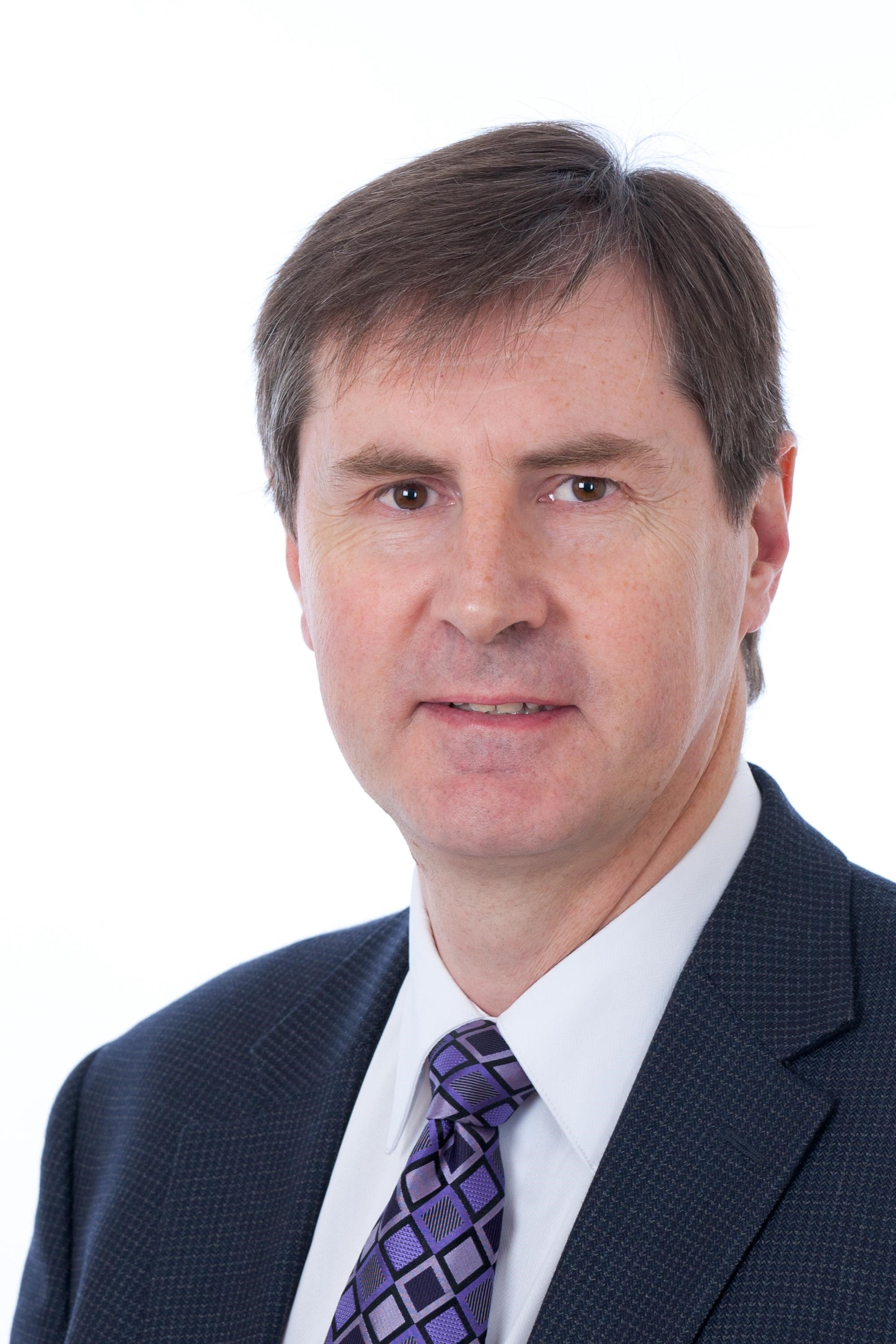May 2021 - Dr Barry Varcoe, Open Society Foundations
Towards a Fully Sustainable Office Portfolio
Written by William Pitt Fellow Dr Barry Varcoe (2013), Global Director of Real Estate & Facilities, Open Society Foundations.
I have spent most of my career responsible for creating, operating, changing and disposing of an organisation’s operational premises. As I near the traditional age at which I (erroneously) thought that I’d be considering retiring, for most of that career the environmental impact of those buildings has featured as a significant focus of their performance.
Initially, the challenge was limited to managing and reducing carbon emissions. It then broadened out to considering greenhouse gases. This is predominantly an operational challenge. This was swiftly followed by a further widening of the problem to the ‘cradle to cradle’ impact on the planet, bringing into the equation the resources needed to create the building in the first place, and to subsequently change it. Most recently, an even wider challenge has become clear – sustainability, which to my mind expands the magnitude of the task exponentially by embracing restoration (and not just avoiding harm) to both the planet and the people using the buildings.
The commercial real estate industry has not covered itself in glory in terms of how it has responded to this. Certainly the relentless growth of the perceived problem, and the understood need for a meaningful response, have outstripped the pace of progress in tackling the challenge. The scale of the problem is well understood. It is widely reported that ‘the built environment’ is responsible for approximately 40% of global carbon emissions. Looked at this from an office occupier’s perspective, the challenge is equally large. An organisation’s buildings can typically be responsible for between 50% and 70% of their emissions. So, the numbers and the impact are highly significant.
Part of the problem is the historically fractured nature of the commercial real estate industry. From whatever perspective you look at it, there are big silos. Those creating the buildings are split amongst their various professions – architects, surveyors, engineers (civil, structural and mechanical & electrical) for example – who rarely seem to work together at an industry level on anything really meaningful. Then there are the differing ownership entities and their varying motivations – investors (including pension funds), developers, and owner-occupiers – and the advisors who influence and guide all sides, often at the same time. And finally, at the end of the value-chain there are the tenants, who make operational use of the asset and thereby are the entity that provides the real return to society, but who all too often aren’t even treated like the customer they really are.
The buildings that the industry produces don’t help the challenge either, as aside from residential property, almost everything else is a one-off – unique. It is very difficult to achieve much economy of scale or economy of knowledge when seeking to change anything across an individual portfolio, let alone across the built stock of a nation. Similarly, the range of solutions to the sustainability problem is also vast, and to a large extent somewhat vague and with no cohesion. Against this backdrop even imagining how an office portfolio can be moved towards true sustainability, where it doesn’t damage the planet through its creation, use, change and ultimately disposal, is a daunting matter.
Tackling the climate crisis and its consequential affects on society is a core focus for our organisation, so those of us responsible for our offices feel compelled to do all that we can to play our part. We are therefore embarking on trying to figure out how we can meet the goal of the truly sustainable portfolio. This is a long-term aspiration. I hope we can make a good start on this journey by partnering with Cambridge Judge Business School via their MBA Summer Project programme to commission a study that will fully scope the domain, disperse some of the fog, and hopefully create a ‘plan for creating a plan’. More immediately there is much that we can do to improve as well. We have already established an outline model of all the areas that we need to investigate, and in some of them there are ideas and improvements that we can action now, including:
- Reducing operational resources, such as electricity, water and paper use
- Reducing and recycling waste
- Generating our own resources (e.g. solar/POV panels, heat pumps, water harvesting)
- Reducing construction resource impact, using recycled and sustainable materials, and minimising ‘built’ miles by using local products
- Reducing travel (both travel to work and travel for work), which the pandemic response has helped considerably with, at least for now
- Reducing food impact, avoiding as much as possible palm oil and other rainforest-clearing products, and factory-farmed animal products, whilst once again maximising the use of local produce.
Finally, and by far the biggest overall impact, is to make sure that we are using our office portfolio effectively and efficiently. Long gone are the days when offices essentially exist to provide space for Taylorist 20th Century individual productivity. In the 21st Century, the digital world has meant that can do a lot of work wherever one can ‘connect the head’ to technology. And the explosion of data, together with the advent of artificial intelligence (replacing the more routine and mundane aspects of office work) has generated a premium on human interactions and collaboration that leads to innovative advance. Further, there is more likelihood of this happening when people feel a mutual bond, both personally and collectively in terms of shared goals, values and culture. The new forms of office that support this shift provide a variety of workplace resources and settings that maximise utility and minimise waste. They are replacing generously assigned individual work settings with a mix of shared facilities that can, in overall terms, require up to 60% to 70% less space than before. That is a huge reduction in emissions and resources. Whilst the pandemic has accelerated the move towards this, it will still take a considerable effort and some time to fully reconfigure large portfolios to get to this point, but the potential is there.
This is a journey we have begun and are determined to complete. We welcome the company of fellow travellers, as the road is steep, but the view from the top is something we have to reach and experience.
Dr Barry Varcoe: Global Director of Real Estate & Facilities, Open Society Foundations
As Open Society Foundation’s Director for Real Estate and Facilities globally, my role embraces responsibility for all aspects of providing and operating OSF’s physical places of work around the world. The key in all of this is understanding how to best facilitate productive work, and support and encourage the progressive advancement of a positive culture and a sense of cohesive community across OSF and its extended network – all whilst minimising the damage inflicted on the planet in doing so.
Barry has been a William Pitt Fellow since 2013 as a corporate partner of the College, firstly with Zurich and now with Open Society Foundations.

